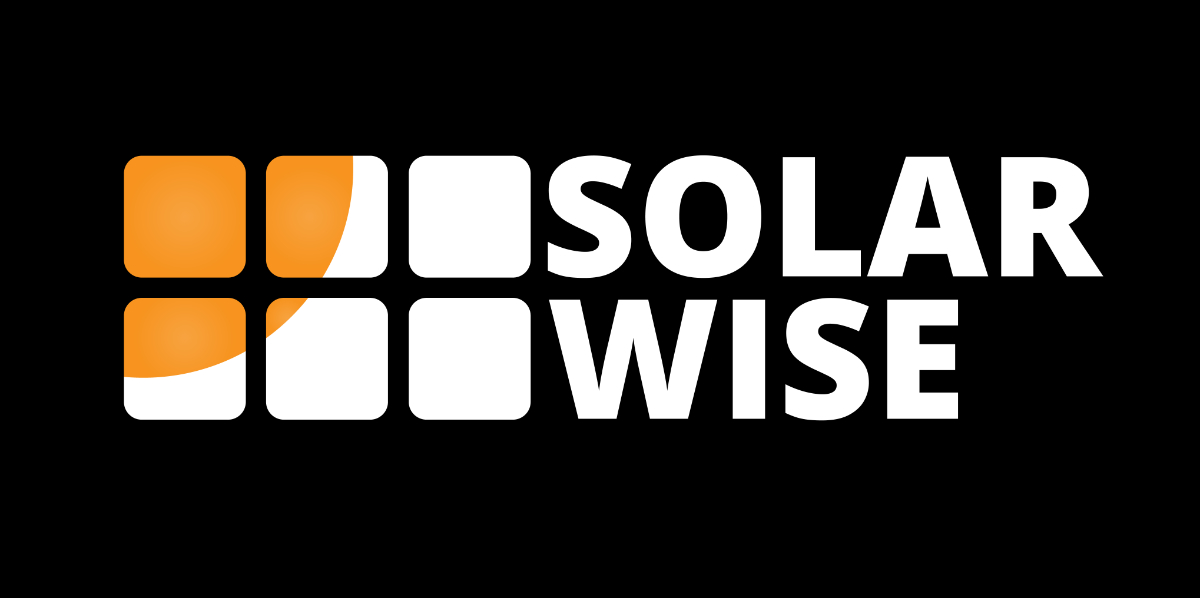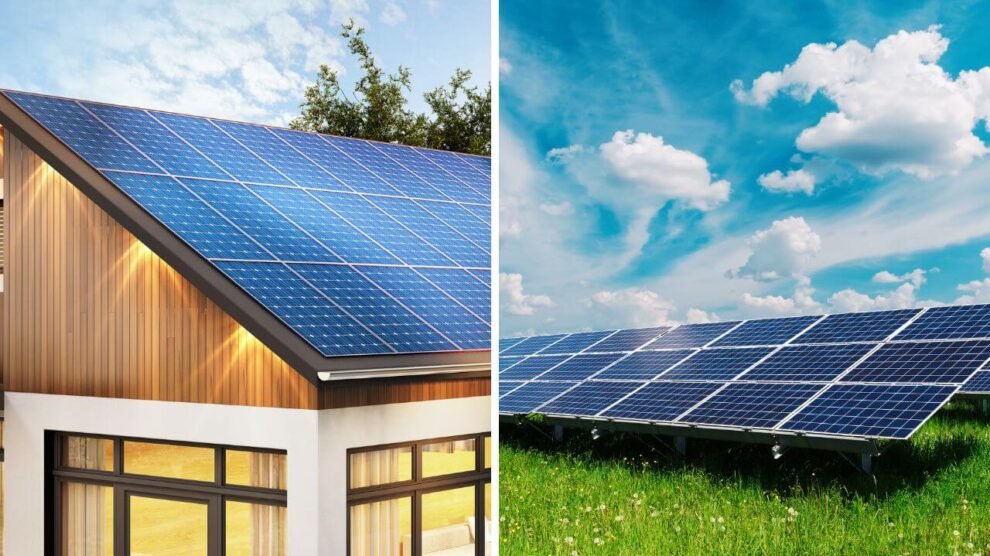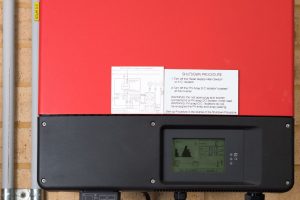Considering adding solar panels to your residence or workplace? Picking the appropriate solar mount is a pivotal step in this journey. The mount you decide on significantly influences the performance and lifespan of your solar installation. Its purpose is to ensure your panels are safely and ideally placed to soak up the most sunlight.
With numerous choices out there, navigating through solar mounting options might seem daunting. But no worries! Our detailed guide will lead you through the essentials, helping you make a well-informed choice.
We’ll explore various solar mounting methods, including those that fit on roofs, stand on the ground, or even move to track the sun. We’ll weigh their benefits and downsides. Furthermore, we’ll consider factors such as your geographical location, the kind of roof you have, your budget, and the desired panel setup.
By the conclusion of our discussion, you’ll be equipped with all the insights to pinpoint the ideal solar mounting solution for your needs. So, let’s get started and simplify your shift to solar energy!
Importance of choosing the right solar mounting system
Selecting the ideal solar mounting system is pivotal for the effectiveness of your solar panel setup. An aptly designed and correctly mounted system ensures your solar panels are angled perfectly, allowing them to absorb the highest amount of sunlight all day. This directly influences the productivity of your panels, ensuring you get the most from your investment.
Moreover, a robust and dependable mounting system provides enduring support and resilience for your solar panels. It safeguards them against severe weather elements, such as strong winds or hefty snow accumulations, warding off potential damages or mishaps. Committing to a top-notch solar mounting system can also mitigate the chances of expensive maintenance or replacements down the line.
Roof-mounted solar panel mounting systems
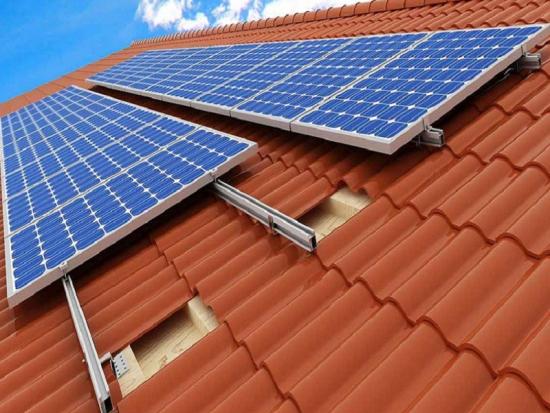
Credit: foenalu.com
Roof-mounted solar setups are a popular pick for domestic solar installations. These systems are designed to sit atop the roof of your residence or building, capitalizing on existing space without occupying any extra ground area.
There are primarily two categories of roof-mounted solar systems: flush mounts and tilt mounts. Flush mounts lie flat and parallel to the roofing surface, whereas tilt mounts can be adjusted to find the best angle for catching sunlight.
When opting for a roof-mounted system, it’s crucial to think about the direction and inclination of your roof. In a perfect scenario, your panels should be oriented southwards to glean the most sunlight throughout daylight hours. Yet, a tilt mount can compensate for the orientation discrepancy if your roof doesn’t naturally face this direction.
Your roof’s nature also plays a part in deciding on a solar panel mounting system. For instance, with a level roof, you might lean towards a ballasted system that avoids making holes. Conversely, for slanted roofs, a conventional railed system that fastens to the roof’s framework might be more suitable.
Ground solar mounting systems
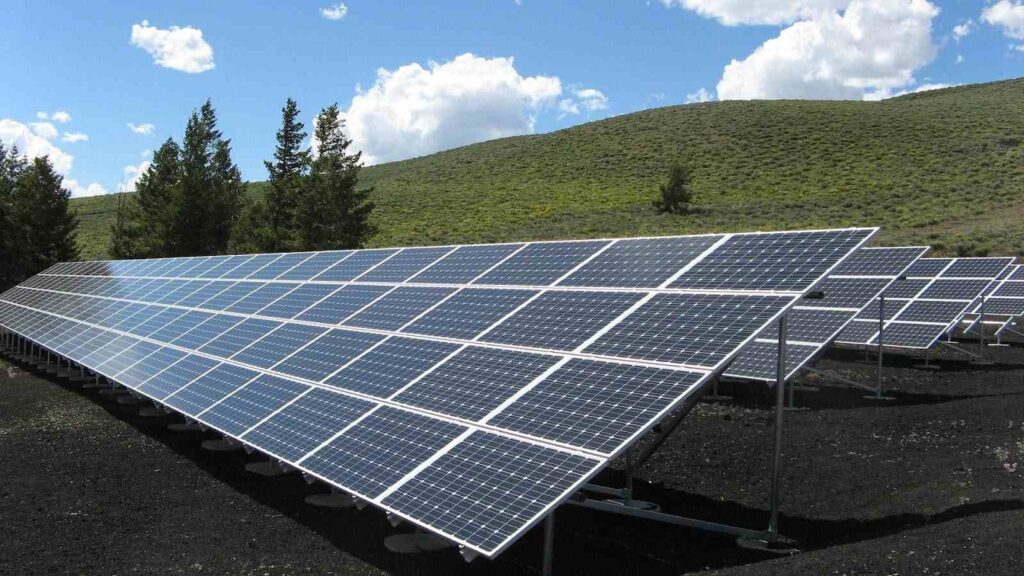
Credit: ecowatch.com
Considering a ground mount solar system is a viable option when you have abundant land or if your roof isn’t conducive for solar panel setup. These systems stand firm on the ground, anchored with different bases like concrete or driven posts.
A notable perk of ground-mounted setups is their adaptability regarding panel orientation and location. They enable you to set the panels at the best possible angle to soak up maximum sunlight throughout daylight hours. This becomes particularly handy in places where the roof doesn’t favor solar installations or if you aim to optimize energy yield by tweaking the angle as seasons change.
Another advantage is that ground-mounted panels are more straightforward to maintain and clean, given their ground-level position, as opposed to being up on a roof. This can be a cost and time saver over time. Nonetheless, it’s vital to remember that such systems demand extra land space and might be bound by local land-use rules.
Adjustable-tilt solar mount
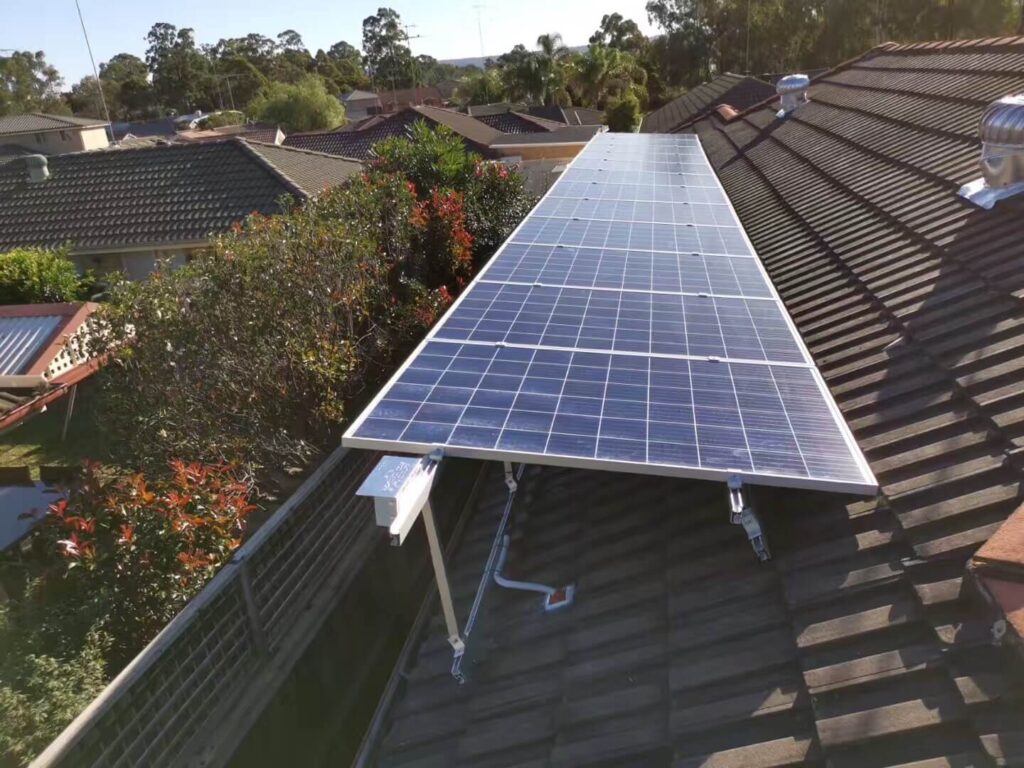
Credit: broadsolartek.com
Adjustable tilt mounts offer the flexibility to change the angle of your solar panels according to the sun’s trajectory. This feature becomes particularly valuable in regions where the sun’s position shifts significantly over the seasons. While these mounts come with a slightly higher price tag compared to fixed-tilt variants, they demand consistent checks and tweaks to guarantee peak efficiency.
Selecting a solar mounting system: factors to consider
Having outlined the various solar mounting design, let’s delve into the key considerations to guide your selection process. Reflecting on these factors will ensure you pick a mounting system tailored to your panels, location, budget, and installation specifics.
Compatibility with your solar panels
Foremost, assess the compatibility between your chosen solar panels and the mounting system. Each solar panel model may have unique mounting prerequisites. Hence, selecting a design crafted specifically for your panel’s dimensions and type is essential.
Confirm that the system accommodates the weight and size of your panels. The setup should firmly anchor the panels, especially vital in regions prone to strong winds or significant snow accumulation.
Weight and load capacity
The mounting system’s weight and load-bearing ability are also paramount. The structure should effortlessly bear the weight of your panels, ensuring its longevity without structural failures.
Factors like the mounting hardware material, foundation type, and regional wind and snow load specifications play a role. Enlisting a professional installer’s expertise can aid in gauging the required load capacity for your specific scenario.
Installation ease and flexibility
Evaluate the mounting structure’s installation simplicity, a crucial aspect if you’re leaning towards a DIY approach or are constrained by time or resources. While specific systems are tailored for swift setups, others might entail intricate procedures.
Also, ponder over the system’s adaptability. Is there room for adjustments or expansions if you later choose to integrate more panels? Does it align well with varied roof designs or ground terrains? These considerations can steer your decision in the right direction.
Maintenance and longevity
Lastly, think about the upkeep needs and the PV mounting system’s lifespan. Solar panels are crafted to endure for many years, so your solar racking system should echo this longevity.
Opt for setups fabricated from durable materials like aluminum or stainless steel, renowned for their resistance to rust and environmental wear. Additionally, weigh the warranty terms provided by the maker and the brand’s standing in the solar sector.
To sum up
Choosing the appropriate solar mounting system for your solar panel setup is a pivotal choice demanding careful consideration. Think about which system—be it roof-mounted, ground-mounted, or tracking—aligns best with your specific circumstances. Reflect on critical aspects such as system compatibility, weight-bearing capability, ease of installation, adaptability, and long-term reliability. By making a well-informed selection, you position yourself to optimize your solar panels’ efficiency, ensure their longevity, and derive the best performance, all maximizing your energy production and investment returns.
With this enriched understanding of solar mounting systems, you’re primed to make strides toward a more eco-friendly and sustainable tomorrow. Embark on your solar energy adventure now and savor its rewards for decades ahead.
